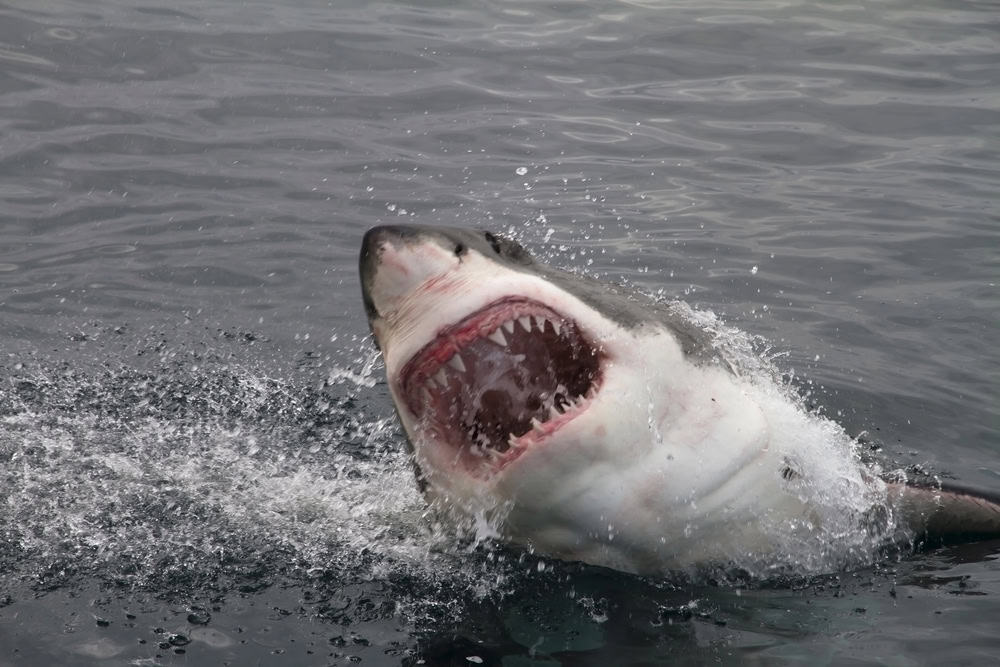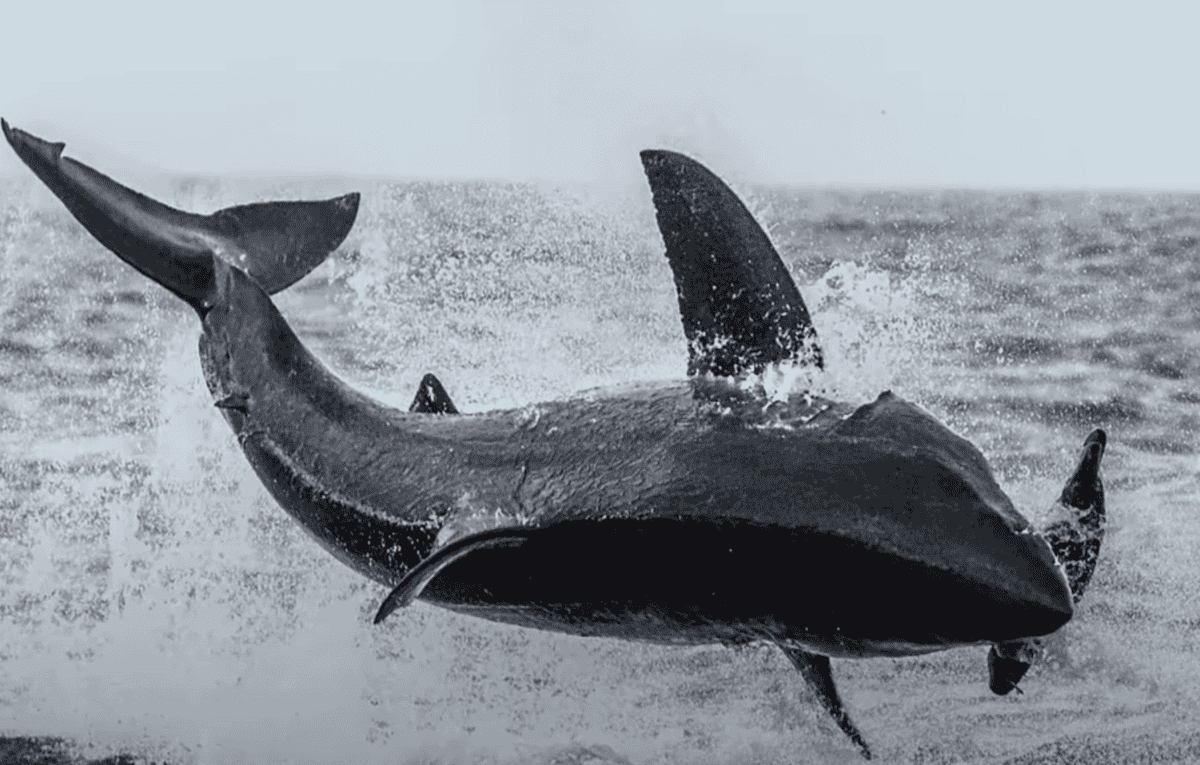The great white shark is one of the most formidable predators in the ocean, captivating the imaginations and fears of many. While much is already known about these marine giants, their complex attack strategies continue to intrigue scientists and enthusiasts alike. Let’s dive into the astonishing tactics that make the great white shark such an efficient hunter.
Understanding the Great White Shark

Before delving into their attack strategies, it’s important to understand the basic characteristics of the great white shark. Scientifically known as *Carcharodon carcharias*, these sharks can grow up to 20 feet long and weigh over 5,000 pounds. Despite their fearsome reputation, they play a crucial role in maintaining the balance of marine ecosystems.
Evolutionary Adaptations for Hunting

The great white shark’s attack strategy is a result of millions of years of evolution. Their streamlined bodies, powerful tails, and sharp teeth are all designed to maximize their predatory efficiency. Additionally, they possess highly developed senses, such as acute hearing and a keen sense of smell, allowing them to detect prey from miles away.
The Element of Surprise

One of the key components of the great white’s attack strategy is its use of surprise. These sharks often hunt near the surface, approaching from below to capitalize on the element of surprise. By using the sunlight to camouflage their ascent, they can ambush seals and other prey with remarkable speed and precision.
Understanding Breach Hunting

Great whites are famous for their spectacular breaches out of the water. This behavior, known as breach hunting, is primarily observed in the waters near South Africa. With explosive energy, they propel themselves out of the water to catch agile prey such as seals, stunning not only the prey but also onlookers.
Strategic Use of Patience

While they are capable of powerful and quick attacks, great whites are also strategic with their use of patience. Often, they will stalk a group of seals, waiting for hours to find the perfect opportunity for a single, well-timed strike. This patience ensures maximum energy efficiency and success during a hunt.
Intelligence and Problem Solving

Great white sharks have been observed demonstrating complex problem-solving skills, disproving the myth of them being mindless predators. Studies have shown that they can switch tactics and adapt their approach based on the behavior of their prey, showcasing a level of intelligence that continues to fascinate researchers.
Role of Social Behavior in Hunting

While traditionally thought to be solitary hunters, recent research suggests that great whites may engage in social behavior and cooperate during hunts. These interactions can enhance their effectiveness, enabling them to divide and conquer groups of prey more efficiently.
Analyzing Their Prey

Great white sharks are not indiscriminate hunters; they carefully analyze their prey before an attack. They often use test bites to determine the fat content and size of the prey to decide whether it’s worth the energy expenditure required for a full attack.
The Importance of Sensing Weakness

Relying on their acute senses, great whites can detect the distress signals of sick or injured animals. This ability allows them to target the most vulnerable prey, reducing the chase and struggle required, which conserves their energy.
The Great White’s Dietary Preferences

Understanding their dietary preferences provides insight into their hunting strategies. While seals and sea lions are preferred due to their high-fat content, great whites also feed on fish, squids, and occasionally scavenged marine mammal carcasses.
Human Interaction and Misconceptions

The notion of great white sharks as man-eaters is largely a myth. While they have been involved in accidental attacks on humans, these instances are often cases of mistaken identity. Sharks usually release humans after an exploratory bite, realizing that we are not their preferred prey.
Conservation and Changing Perspectives

As apex predators, great white sharks are vital to marine biodiversity, yet they face threats from overfishing and habitat loss. Increasing awareness and dispelling myths about these creatures are crucial steps in their conservation. Protecting great whites ensures the health of our oceans and the continuation of their remarkable attack strategies.
In conclusion, the great white shark’s attack strategies combine ancient evolutionary adaptations with intelligence and versatility. Far from mindless predators, these impressive creatures continue to inspire awe and respect across the globe with their complex hunting techniques.
- Why Bears Play—and What It Teaches Us - August 24, 2025
- 12 Dog Breeds That Can Survive a Coyote Attack - August 24, 2025
- The Most Powerful Earthquakes That Shook the U.S. - August 24, 2025

